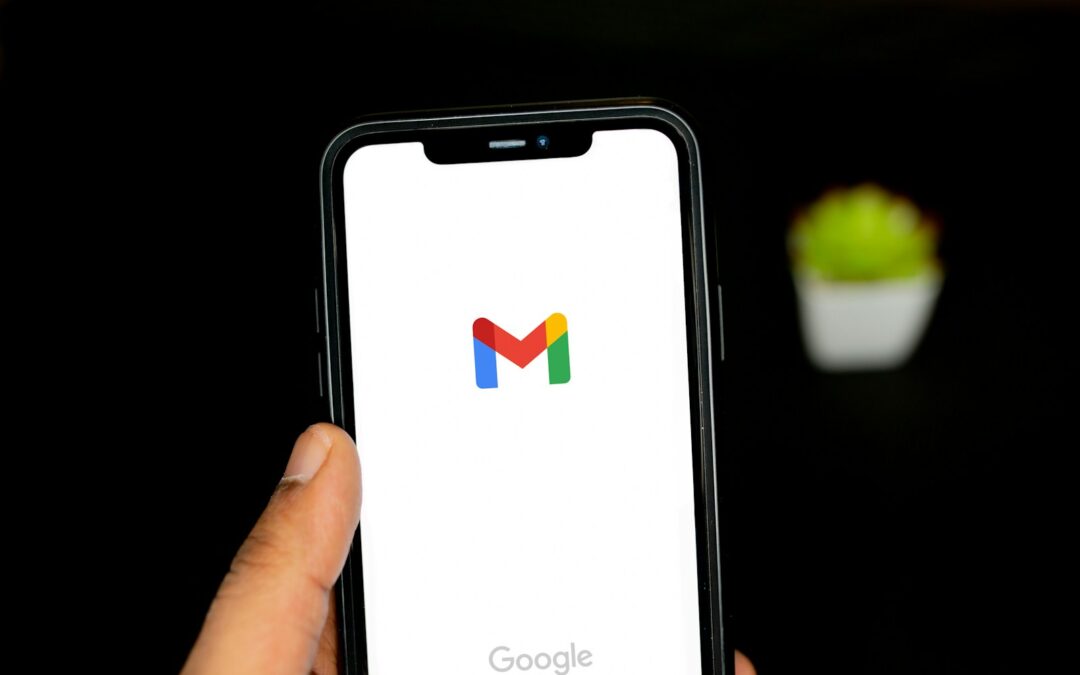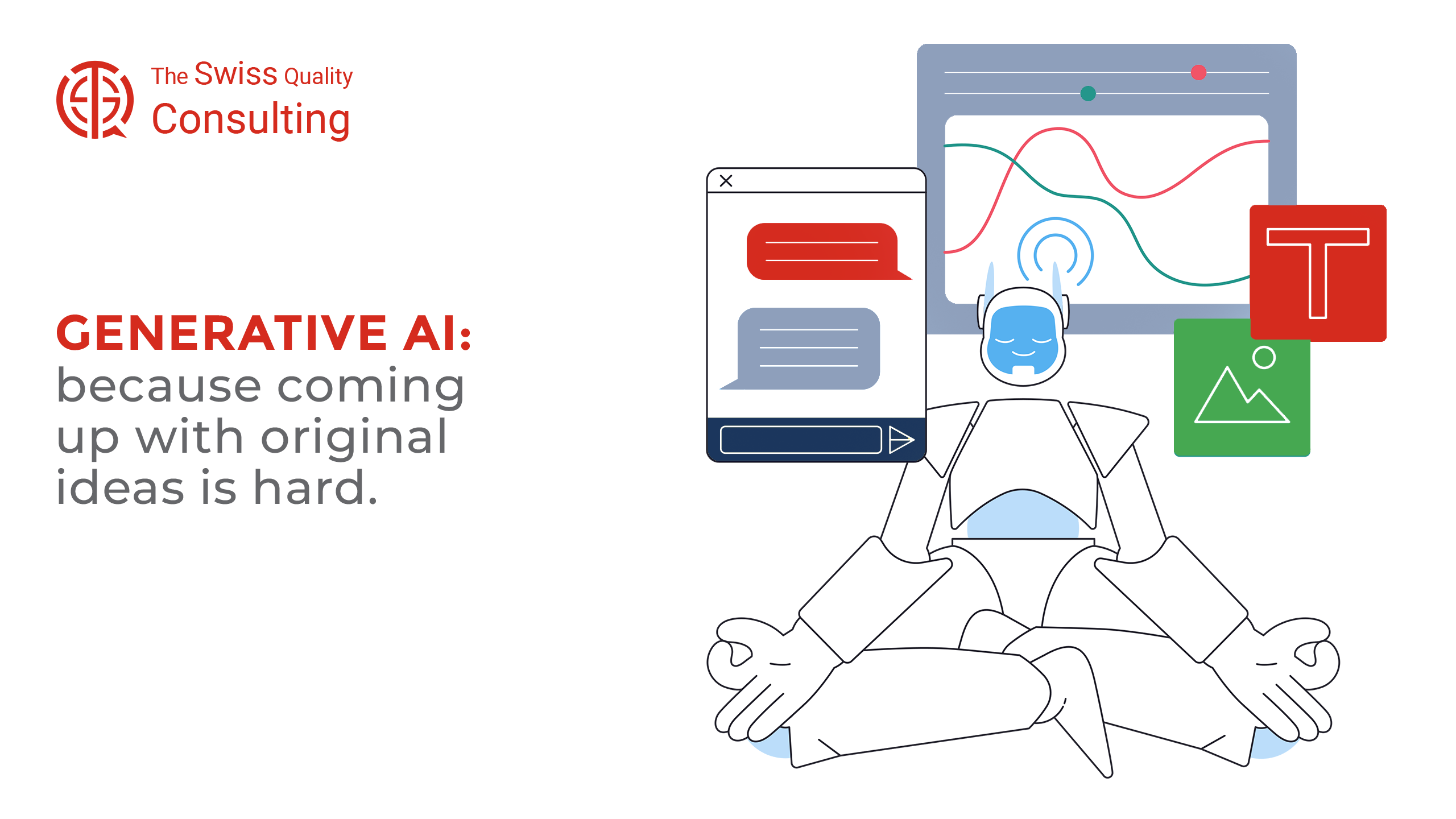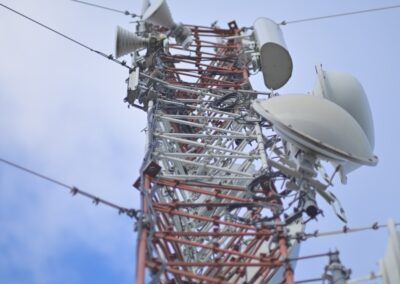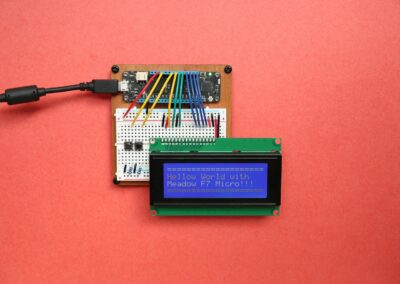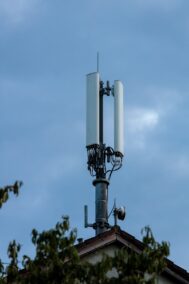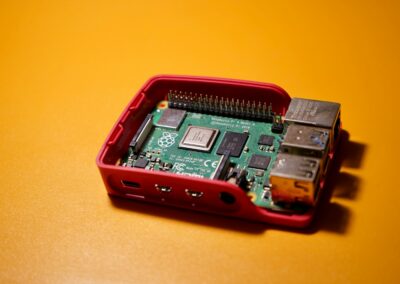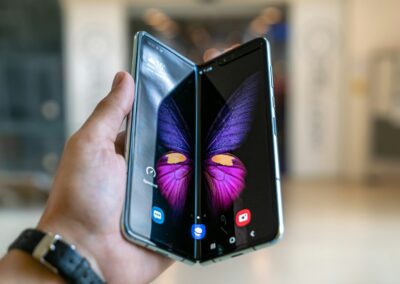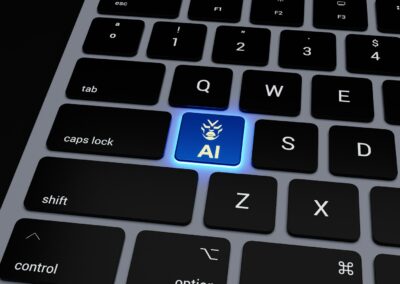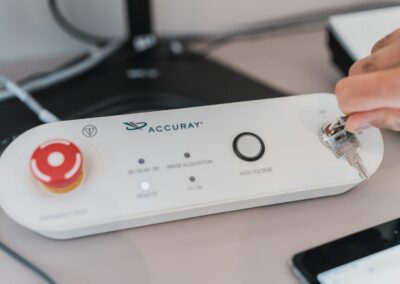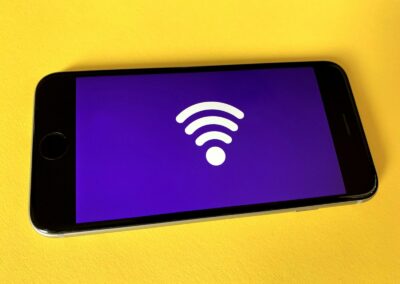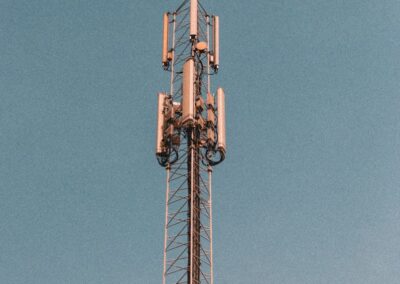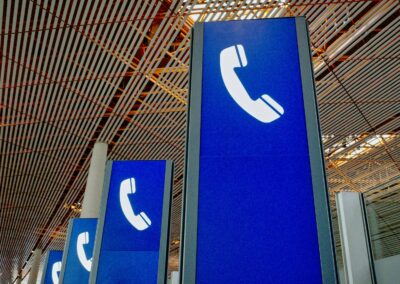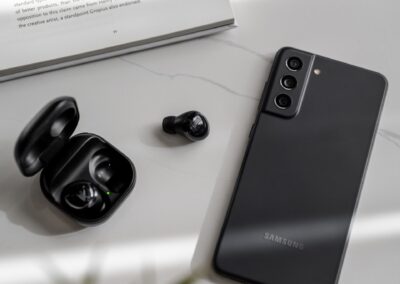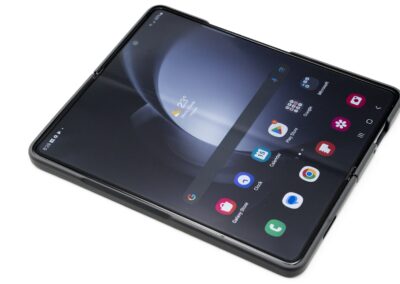Advancements in IoT Connectivity and Communication
Distinctive Features of IoT Connectivity
Connectivity and communication in IoT devices differ significantly from those of traditional technologies, offering enhanced capabilities that drive modern innovations. IoT devices are designed to connect and communicate over various protocols, such as Wi-Fi, Bluetooth, Zigbee, and LoRaWAN, tailored to specific needs like range, power consumption, and data transfer rates. In cities like Riyadh and Dubai, where smart city initiatives are prominent, these advanced connectivity options enable seamless integration of diverse IoT applications, from traffic management systems to smart home devices.
Unlike traditional technologies that often rely on wired connections or basic wireless protocols, IoT devices leverage a wide range of connectivity solutions to ensure efficient and reliable communication. For instance, Zigbee and Z-Wave are preferred for home automation due to their low power consumption and reliable mesh networking capabilities. Conversely, LoRaWAN and NB-IoT are ideal for long-range, low-power applications such as environmental monitoring and asset tracking. This versatility allows IoT devices to be deployed in various environments, enhancing their utility and effectiveness in both urban and rural settings.
Enhanced Communication Capabilities of IoT Devices
The connectivity and communication in IoT devices offer advanced capabilities that surpass traditional technologies, facilitating real-time data exchange and enabling smarter decision-making. IoT devices are equipped with sensors and actuators that collect and transmit data, which is then processed and analyzed to provide actionable insights. This continuous data flow is crucial for applications such as predictive maintenance, where real-time monitoring of equipment health can prevent costly breakdowns and optimize maintenance schedules.
In Saudi Arabia and the UAE, businesses are leveraging these enhanced communication capabilities to drive efficiency and innovation. For example, in the logistics sector, IoT devices equipped with GPS and environmental sensors provide real-time tracking of shipments, ensuring timely deliveries and optimal conditions for perishable goods. Additionally, smart energy management systems use IoT communication to monitor and control energy consumption in buildings, leading to significant cost savings and environmental benefits. The ability to gather and analyze data in real-time is a key advantage of IoT communication, enabling businesses to respond swiftly to changing conditions and make informed decisions.
Strategic Benefits and Future Trends
Strategic Benefits of IoT Connectivity
The strategic benefits of connectivity and communication in IoT devices are manifold, particularly for businesses and municipalities in Saudi Arabia and the UAE. By adopting IoT solutions, organizations can achieve greater operational efficiency, enhanced customer experiences, and improved resource management. For instance, smart city initiatives in Riyadh and Dubai utilize IoT connectivity to manage traffic flow, monitor air quality, and optimize waste management, contributing to a higher quality of life for residents.
Moreover, the integration of IoT connectivity with advanced technologies such as artificial intelligence (AI) and blockchain further amplifies these benefits. AI algorithms can analyze IoT data to provide predictive insights and automated decision-making, while blockchain ensures secure and transparent data transactions. This combination enhances the reliability and efficiency of IoT systems, fostering innovation and driving economic growth. For business executives and mid-level managers, leveraging IoT connectivity is essential for staying competitive in a rapidly evolving technological landscape.
Future Trends and Innovations in IoT Communication
Looking ahead, the future of connectivity and communication in IoT devices is poised for continuous innovation, with emerging technologies driving new possibilities. The advent of 5G technology is expected to revolutionize IoT communication by offering ultra-low latency, high data rates, and massive device connectivity. This will enable new use cases such as autonomous vehicles, remote surgery, and smart grids, transforming industries and improving quality of life. In smart cities like Riyadh and Dubai, 5G will facilitate more efficient and responsive urban management systems, enhancing public services and infrastructure.
Additionally, the integration of the Metaverse and augmented reality (AR) with IoT communication will open new avenues for interactive and immersive experiences. For example, AR interfaces can overlay real-time IoT data on physical environments, assisting in tasks such as maintenance and training. The Metaverse can provide virtual environments where IoT systems are simulated and tested, enabling better planning and optimization. For businesses and governments in Saudi Arabia and the UAE, staying ahead of these trends will be crucial for leveraging IoT to its fullest potential.
In conclusion, connectivity and communication in IoT devices offer advanced capabilities that differentiate them from traditional technologies. By understanding and leveraging these features, businesses and municipalities can unlock the full potential of IoT, driving innovation, efficiency, and growth. As technology continues to evolve, staying informed about emerging trends and investing in advanced solutions will be key to achieving sustained success in the digital age.
—
#IoTConnectivity, #IoTCommunication, #TraditionalTechnologies, #ModernTechnology, #BusinessSuccess, #SaudiArabia, #UAE, #Riyadh, #Dubai, #ArtificialIntelligence, #Blockchain, #Metaverse, #ExecutiveCoaching, #GenerativeAI, #LeadershipSkills

